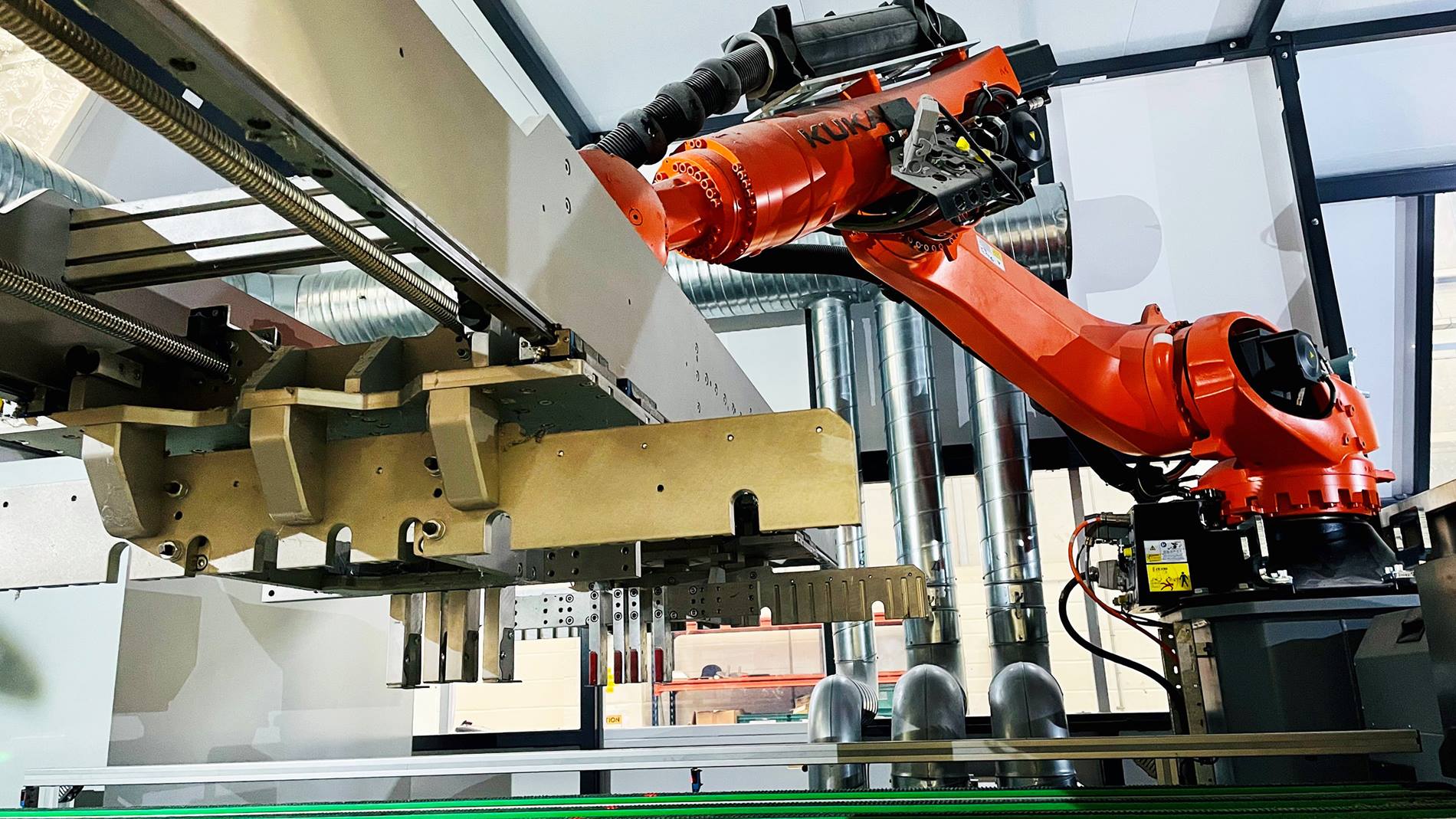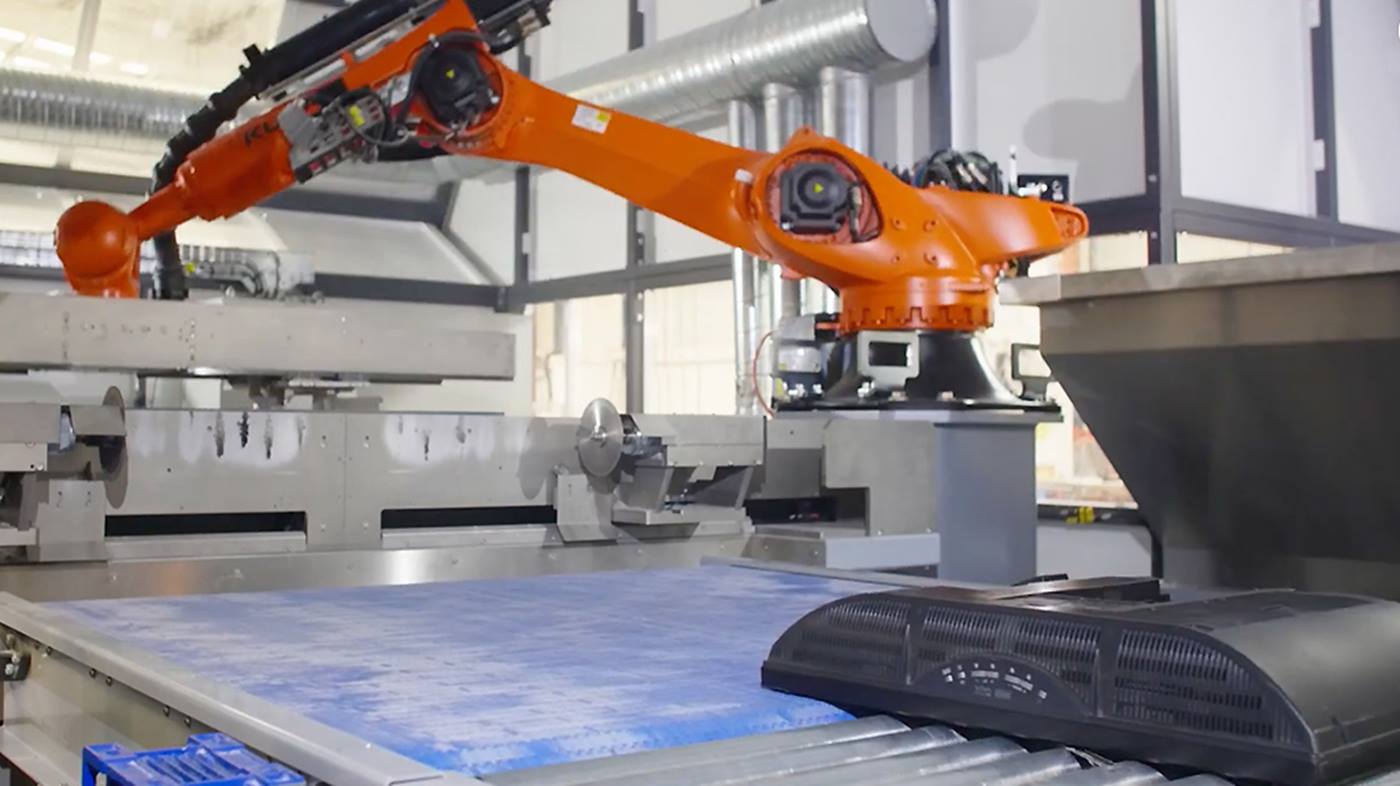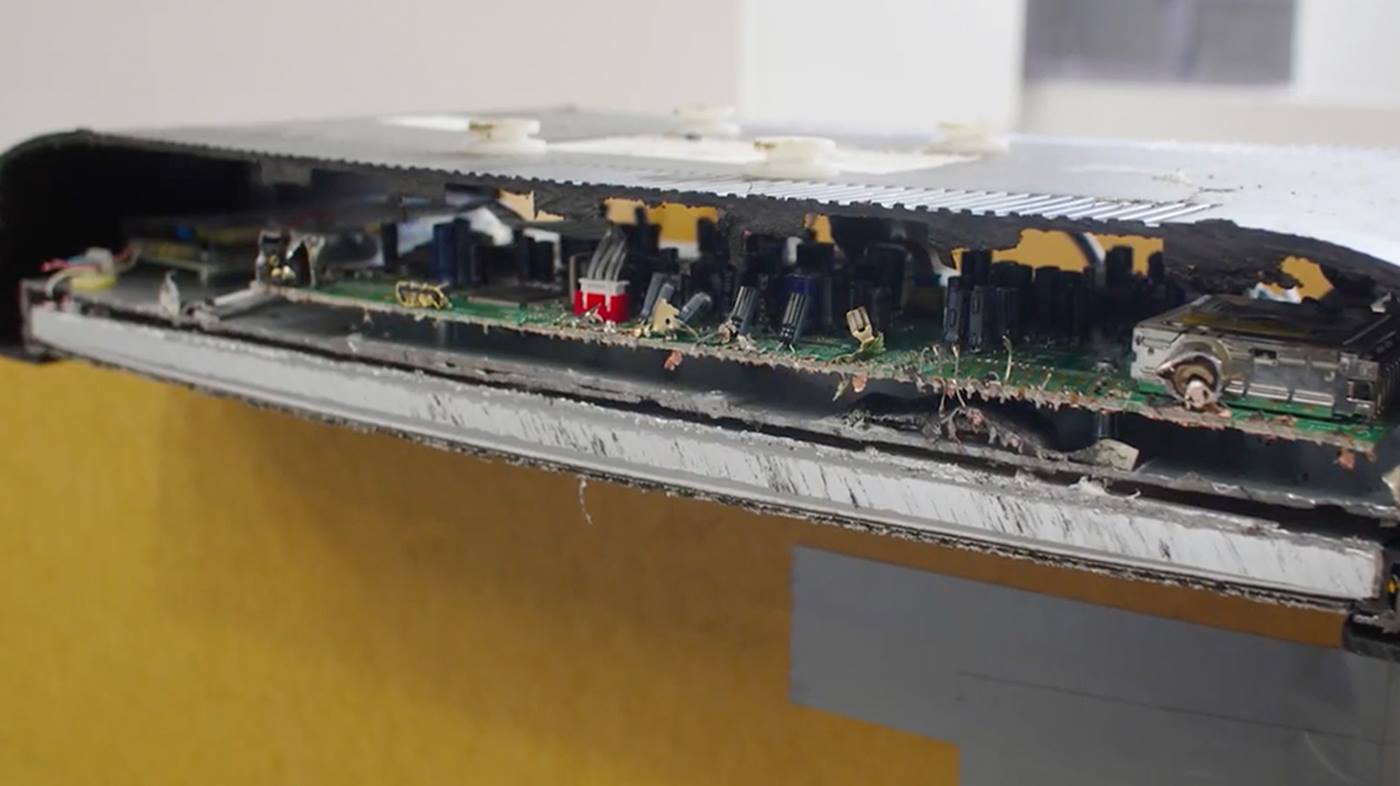The possible consequences of 200 million LCD televisions
LCD televisions pose enormous environmental challenges. Annual worldwide sales of around 200 million generate waste streams that require subsequent efficient, cost-effective, safe disposal. Experts suspect that the "hidden" greenhouse gas nitrogen trifluo-ride, which is used to make flat-screen televisions, could accelerate global warming more than coal-fired power plants. Nevertheless, consumer demand for these LCD devices means that more and more of them will enter waste stream.



